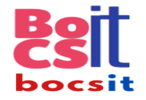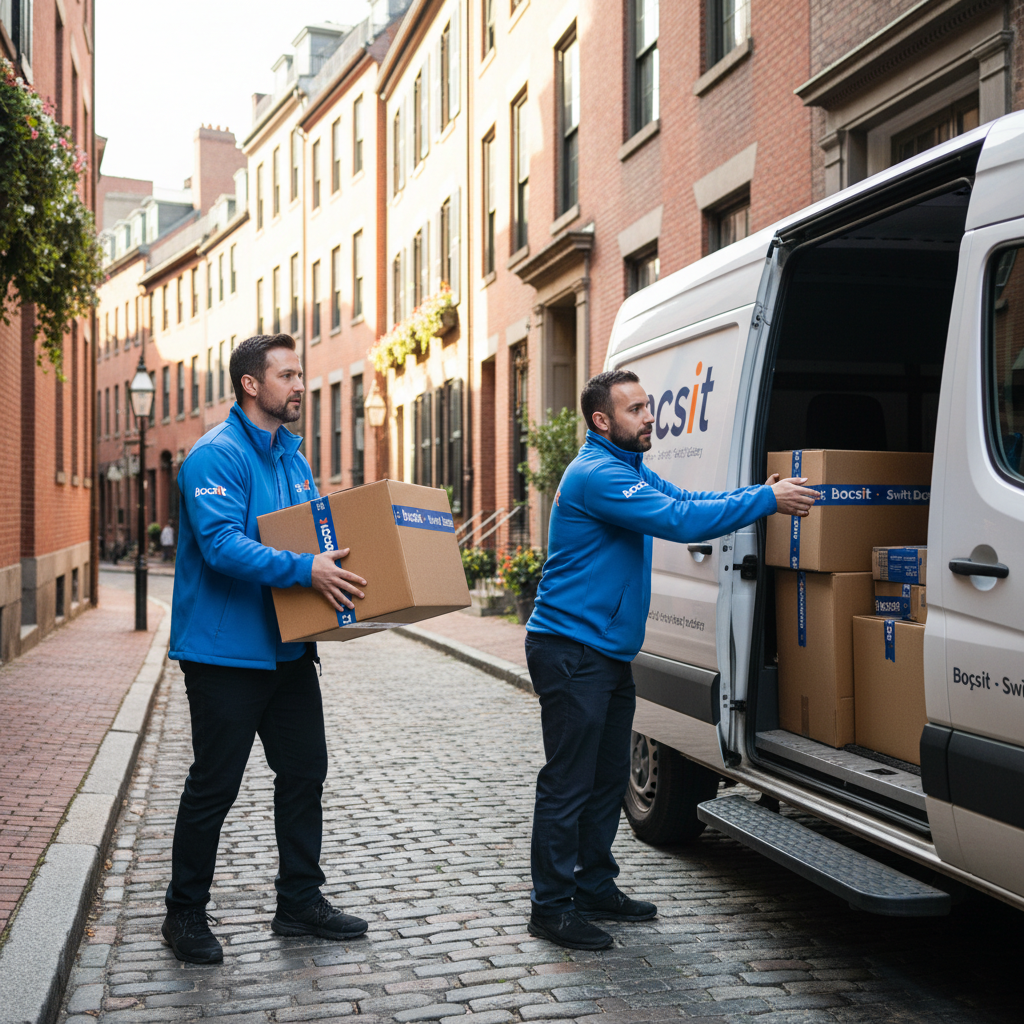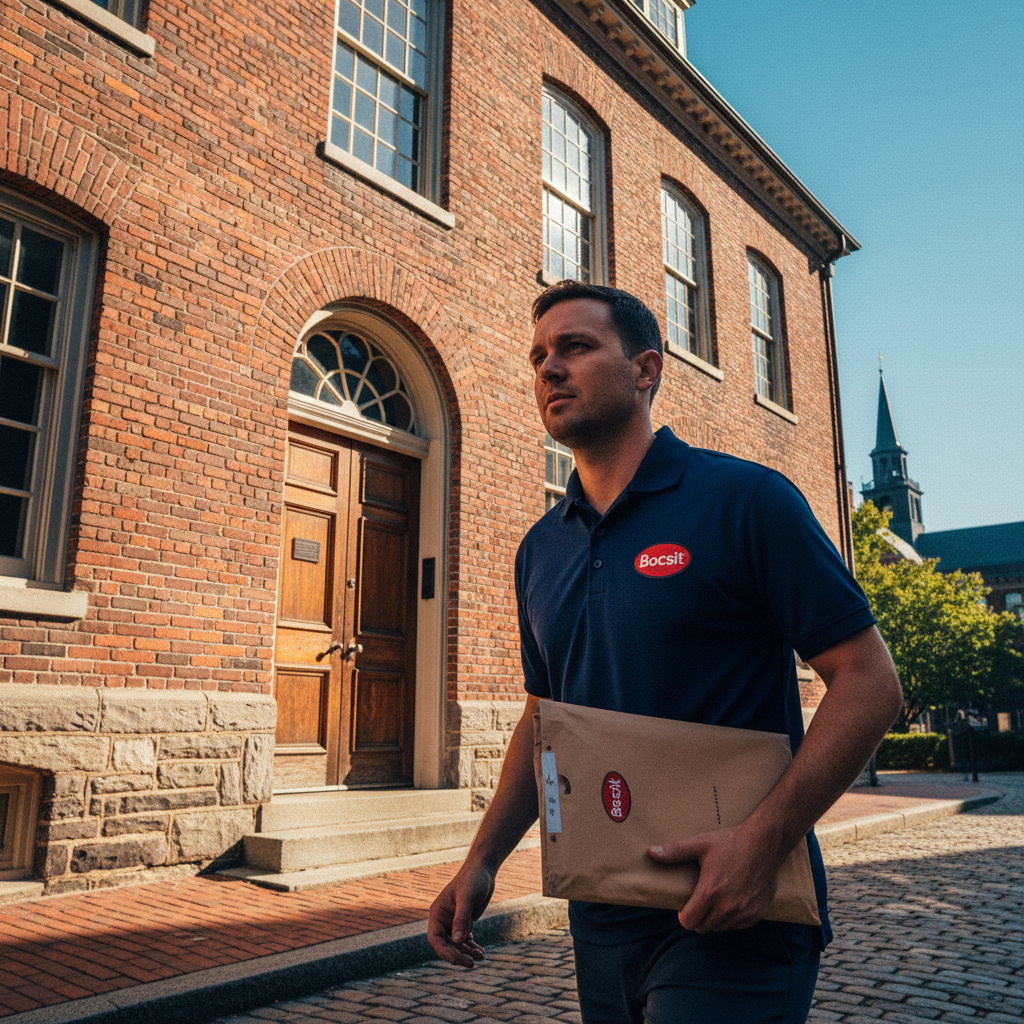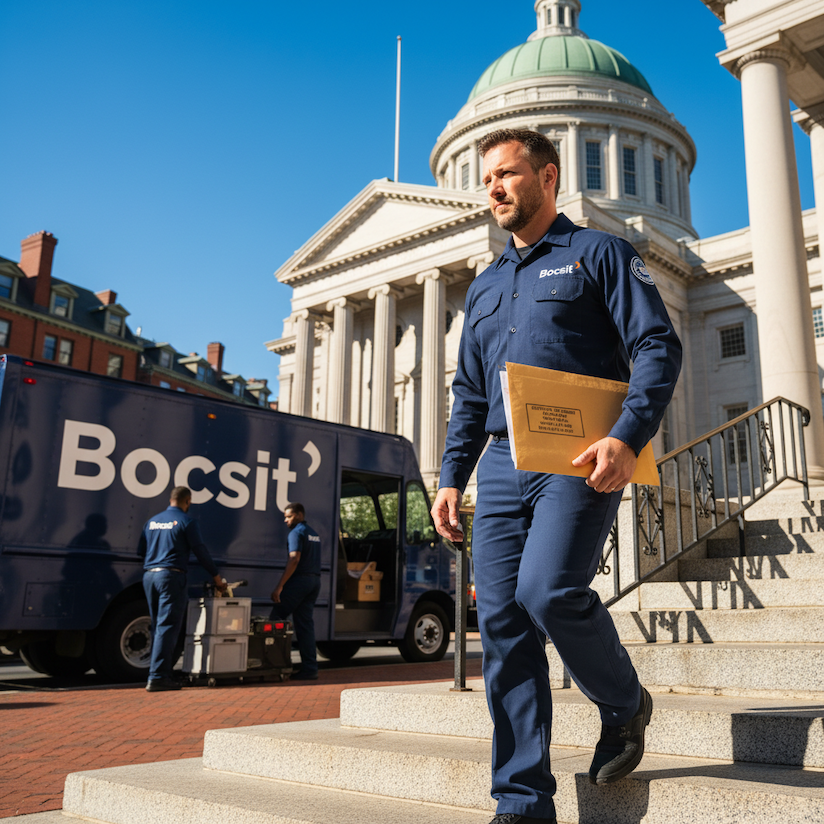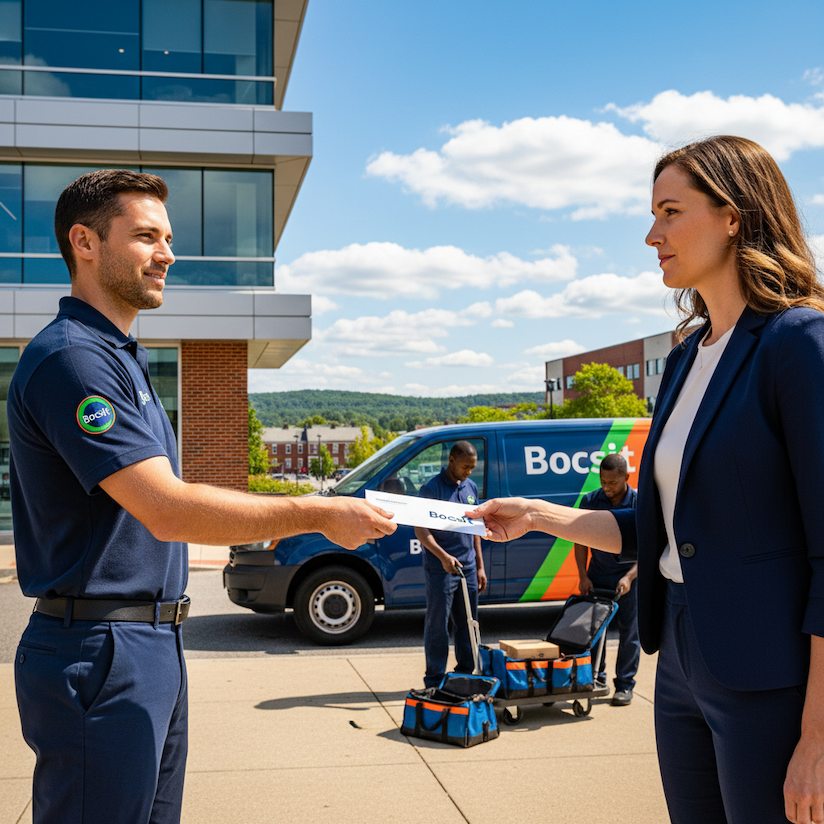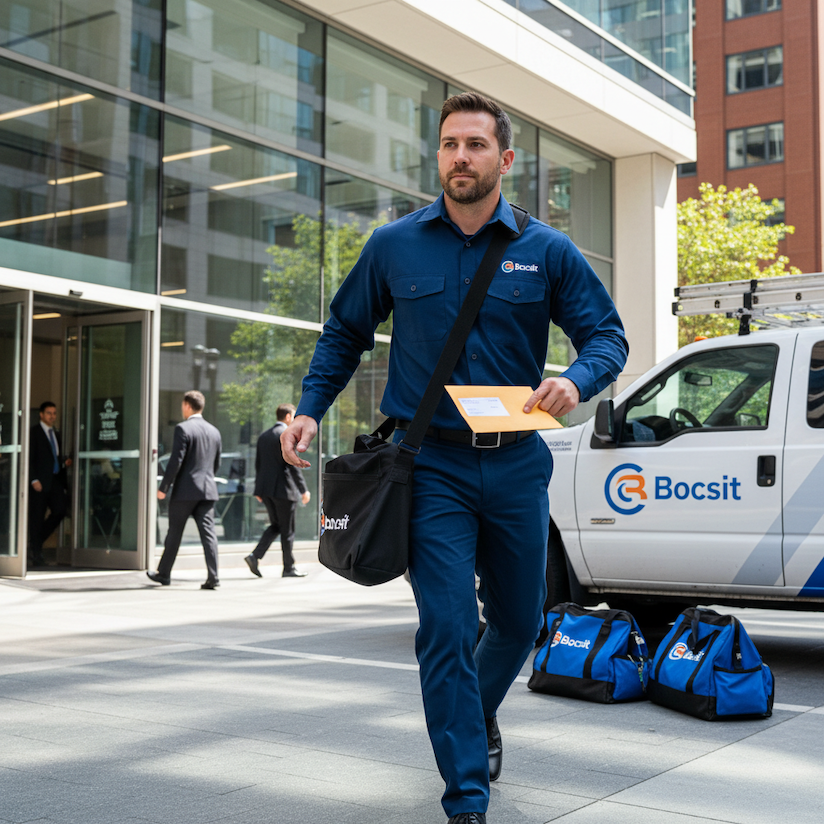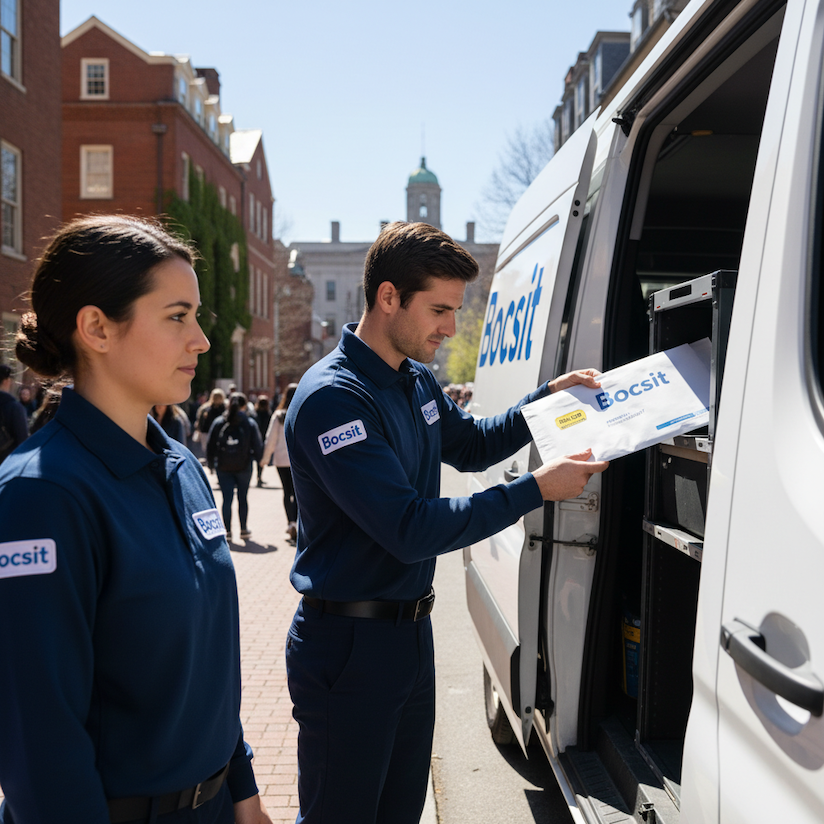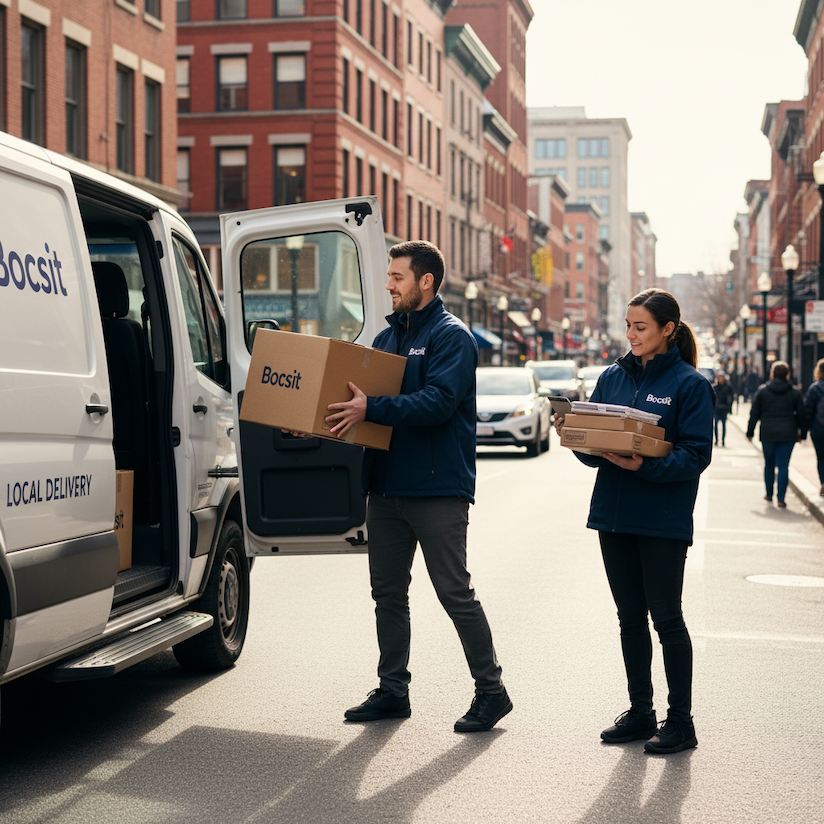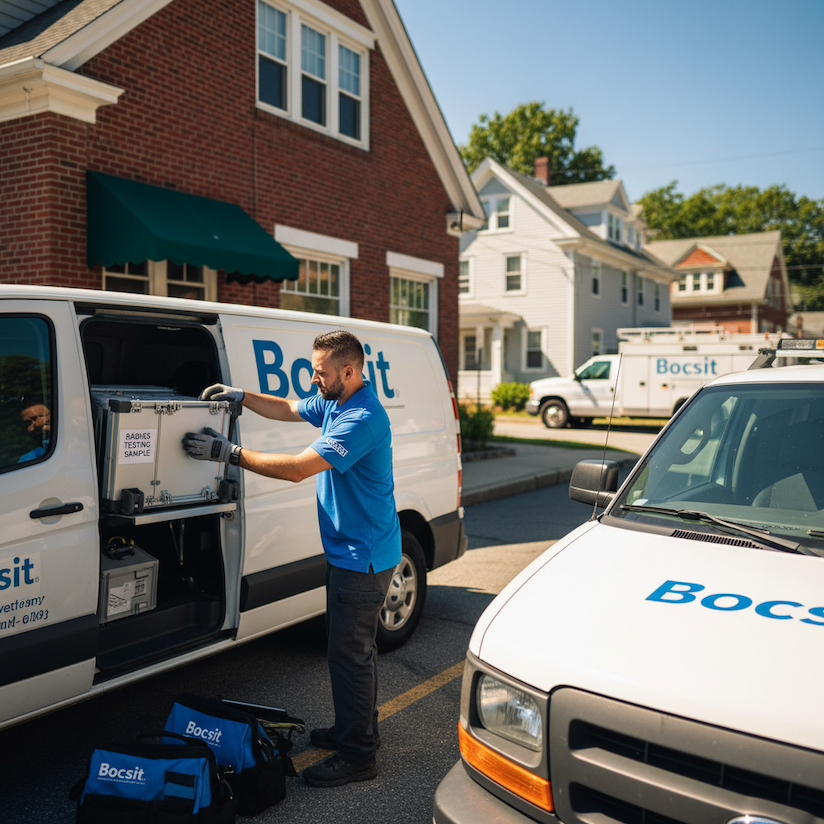Strategies for Enhancing Your Delivery Route Efficiency
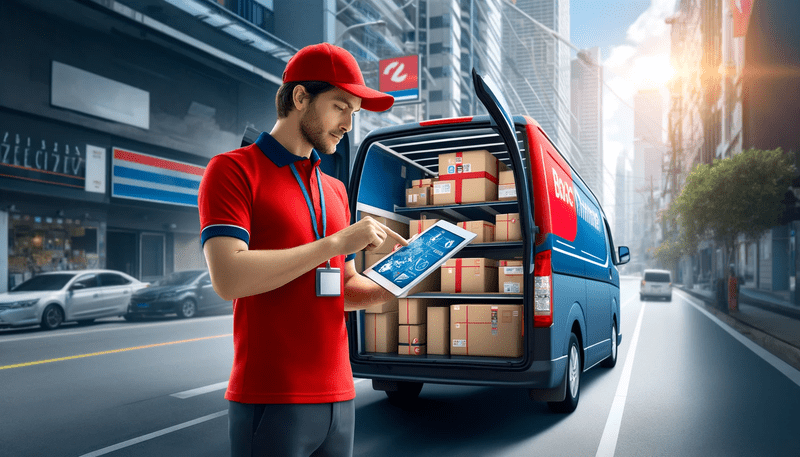
Companies dependent on prompt deliveries to customers need to master the art of optimizing their delivery paths. A single minor error in route planning can lead to undelivered items, dissatisfied customers, and revenue loss. Utilizing delivery routing software eliminates the uncertainty in planning routes, ensuring efficiency and reliability.
Why Does Optimizing Delivery Routes Matter?
In the challenge of determining the optimal route, GPS technology outperforms human capabilities. We lack the ability to process and calculate the numerous variables influencing a route's efficiency. Attempting such calculations manually is prone to inaccuracies. Moreover, without optimization, there's a higher likelihood of operational costs escalating due to overusing vehicles and excessive fuel consumption.
The Impact of Delivery Route Optimization Software
This software employs machine learning algorithms and predictive analytics to recommend the most efficient routes. It takes into account live updates on location, weather, and traffic conditions to ensure punctual deliveries. This not only simplifies the job for drivers but also enables real-time tracking and automated updates for both drivers and customers.
The software devises a schedule, instructing drivers on the sequence of deliveries and setting a predetermined route. This approach minimizes the time spent on deliveries and enhances operational efficiency by reducing the distance traveled per delivery. Additionally, it dynamically adjusts routes based on current weather and traffic conditions.
Difficulties Encountered in Traditional Route Delivery Planning
Traditional route planning methods come with several obstacles:
- Costly and dependent on manual effort
- Difficulty in scaling delivery operations
- Absence of real-time tracking
- Inability to perform detailed data analysis
- Reduced productivity
Strategies for Enhancing Your Delivery Route Efficiency
1. Tailor Delivery Routes Based on the Type of Delivery
- Curbside delivery: the package is left at the doorstep by the driver.
- Threshold delivery: the package is carried inside the home by the driver.
- White glove delivery: the package is not only brought into your home by the driver but also set up as required.
- Contactless delivery: the package is placed at your front door by the driver, who then informs you of its delivery.
2. Organize Delivery Routes Based on Customer Shipping Addresses
Leverage a route planner to input addresses either by uploading from a spreadsheet or directly copying and pasting them into the planner. You can also import these addresses from your CRM system. For those with eCommerce platforms, a route planner that integrates with your eCommerce system can automatically create delivery orders using the shipping addresses from online orders.
3. Optimize Multi-Stop Delivery Routes At this stage, your delivery route planning software takes over.
By arranging your shipping addresses in the most logical and efficient sequence, you can deliver more packages with fewer vehicles. This becomes crucial when managing a large number of delivery drivers and fleet vehicles, making route optimization complex. This is where the benefits of a delivery route optimizer become evident, simplifying the process for you.
4. Adjust Delivery Routes to Match Fleet Vehicle Capacities
In planning your delivery routes, remember to take into account the carrying capacity of your vehicles. It's also important to factor in business considerations such as specified delivery time frames and customer availability.
5. Monitor Routing Data and Evaluate Logistics Performance Indicators
Following the optimization of your delivery routes, ensure you keep tabs on your drivers and vehicles during their delivery rounds. This approach keeps you informed about whether each package is delivered punctually and to the right location. Identifying potential delays becomes simpler, allowing for swift corrective measures.
